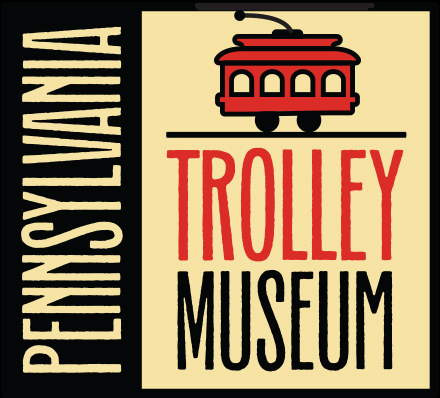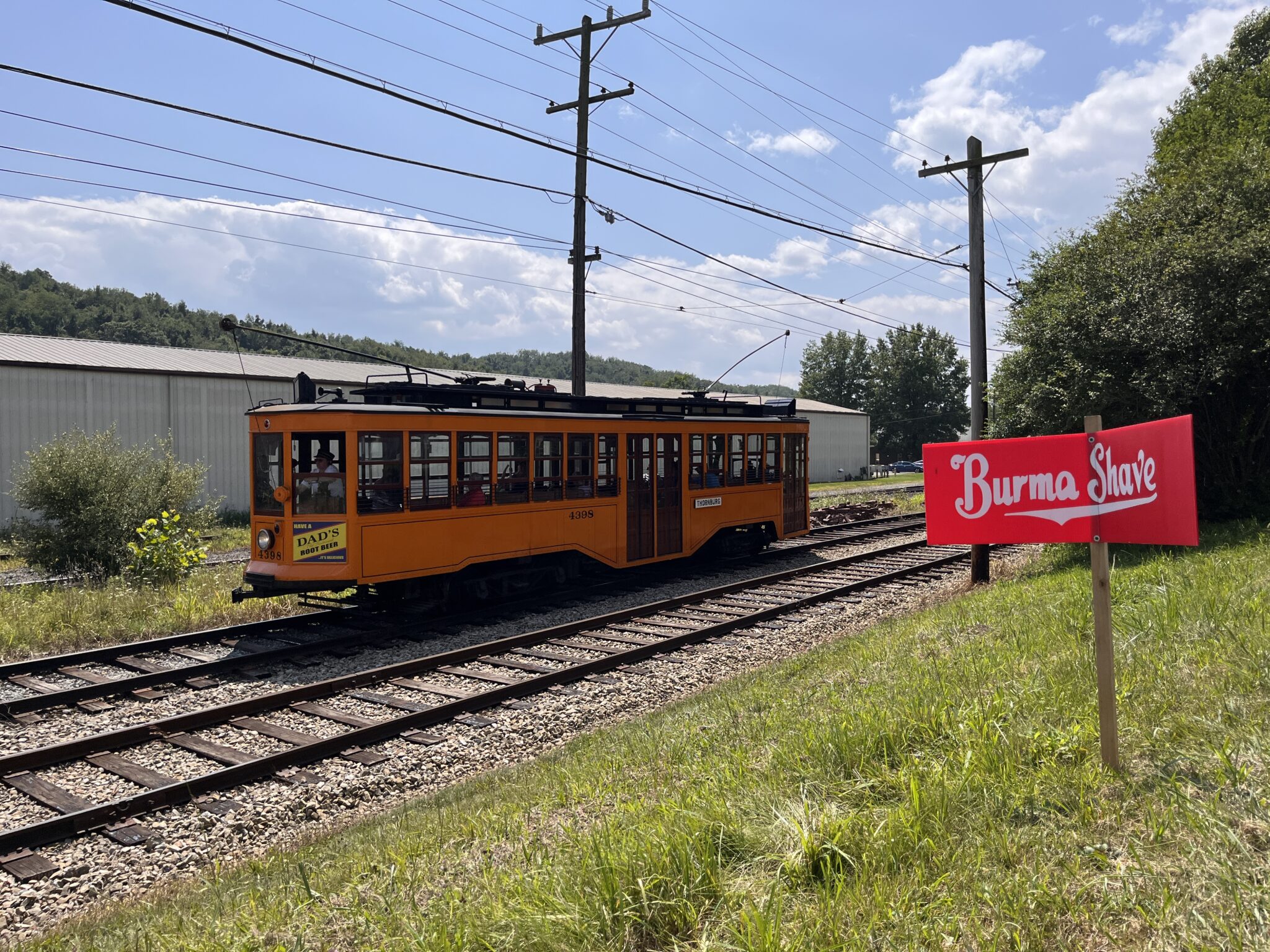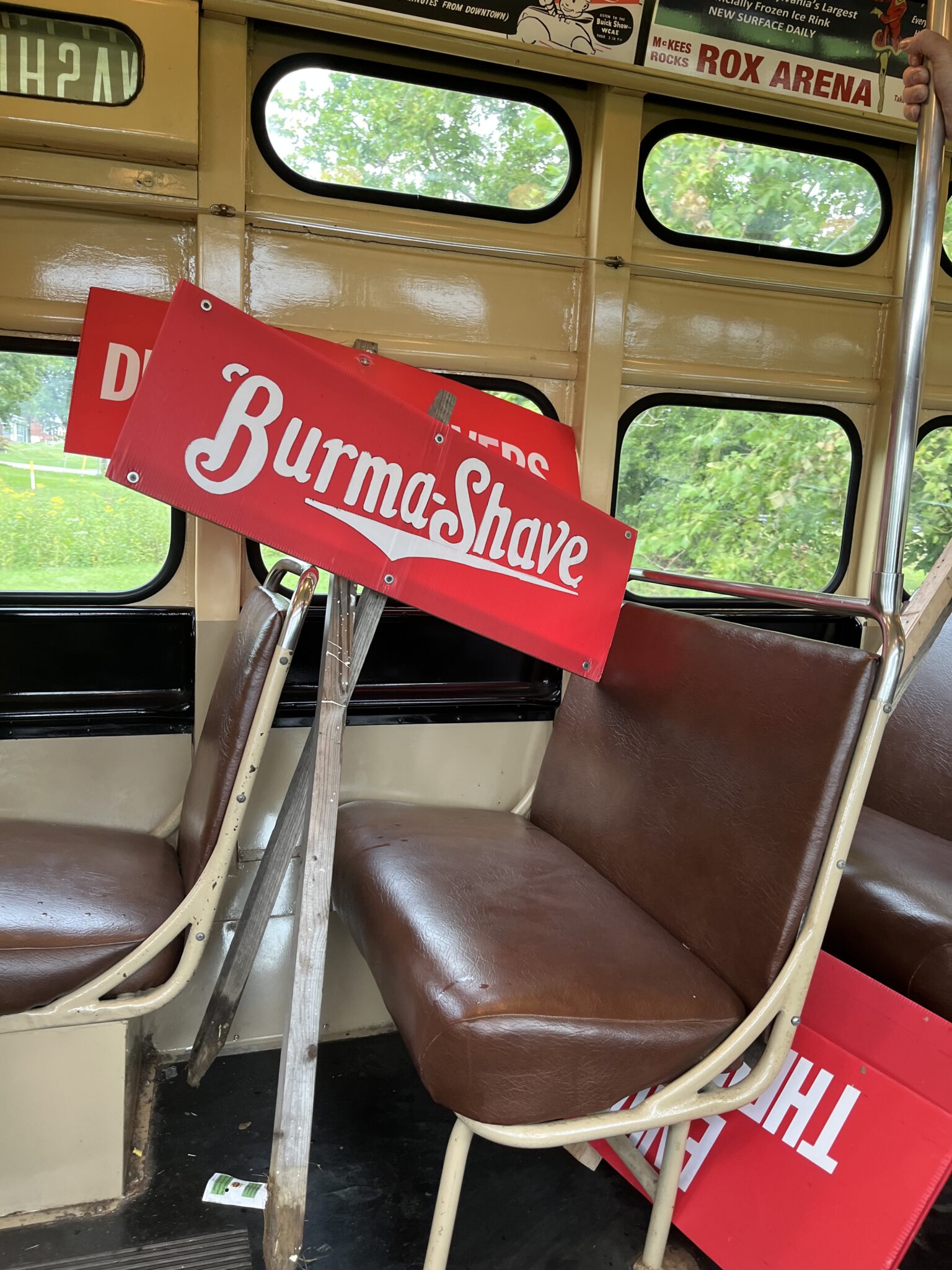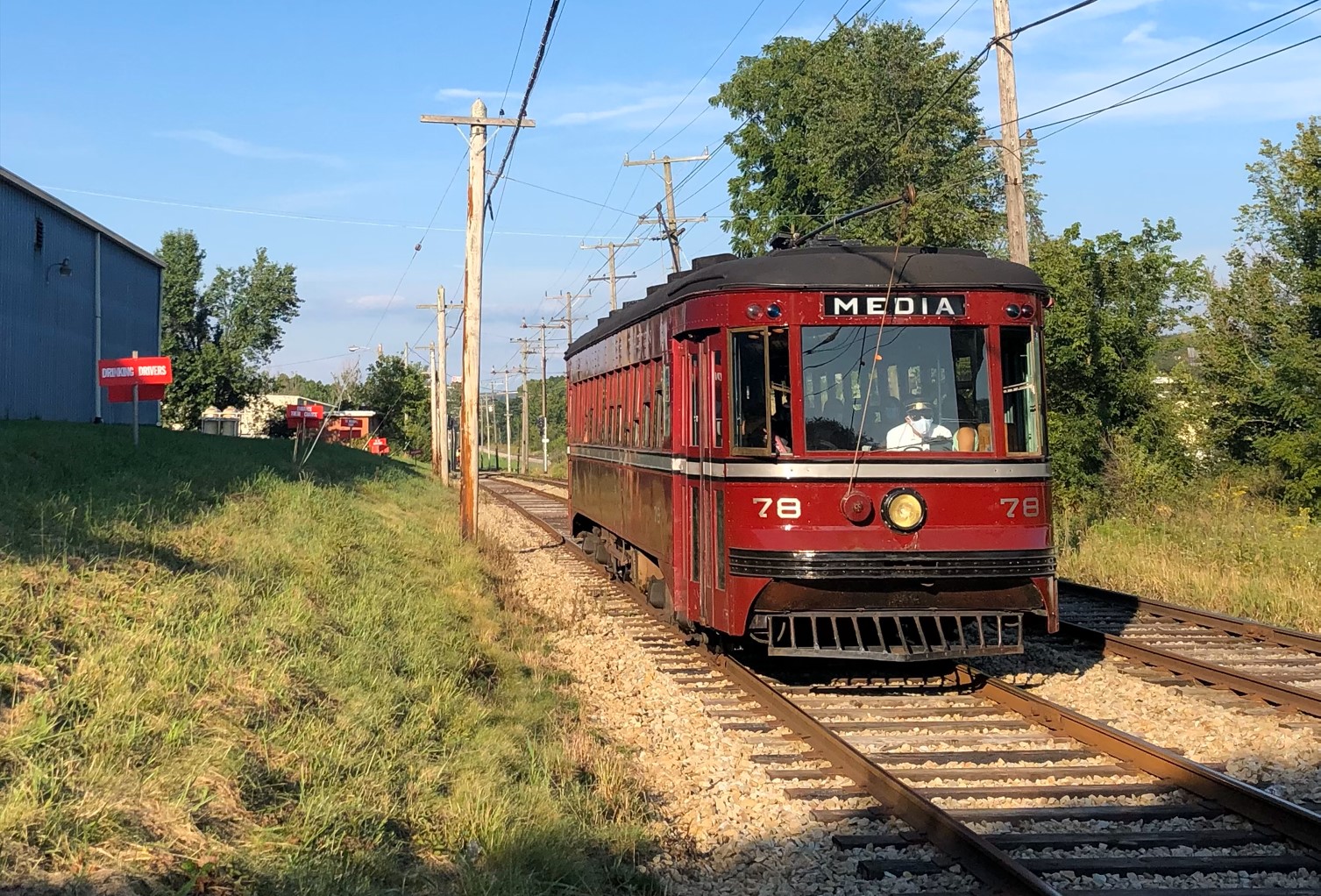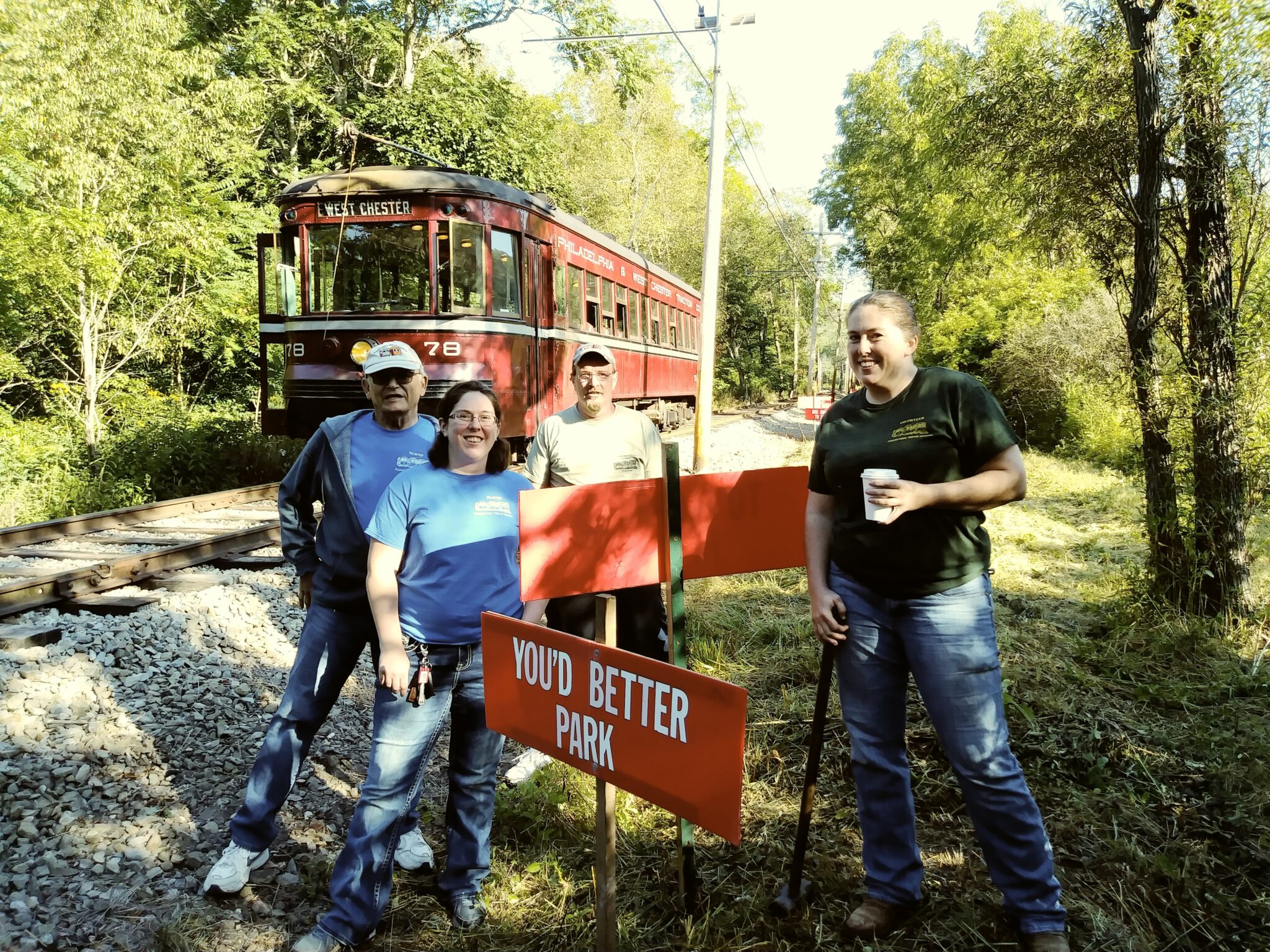Larissa Gula
The year was 1925, and the then-newest method of travel – the automobile – was making it possible for people to travel across the country by road. Henry Ford’s assembly line had also cut the cost of automobiles by more than half, making them more affordable to individuals everywhere.
Little did the drivers of 1925 know that a new marketing and advertising campaign awaited them on some of America’s roads; and little did the managers of the campaign realize just how influential their new campaign would become.
The product at the center of this story was Burma-Shave, an American brand of brushless shaving cream. 1925 was the year that Burma-Shave’s famous advertising gimmick made its debut; and thanks to Allan Odell, that gimmick became one of the cultural landmarks of the day.
The First Burma-Shave Signs
In 1925 young Allan Odell of the Minneapolis-based Burma-Vita Corporation pitched his now infamous sales idea to his father, Clinton. Allan envisioned using small, wooden roadside signs to promote the corporation’s newest product: Burma-Shave, a brushless shaving cream. Clinton initially wasn’t convinced, but eventually (perhaps giving in because Burma-Shave sales were not going well) he gave Allan $200 to give it a try.
The very first Burma-Shave sign series first appeared on U.S. Highway 65 near Lakeville, Minnesota, in 1926. The signs were made using second-hand boards that were cut into 36-inch lengths. And the very first series read: Cheer up, face – the war is over! Burma-Shave.
From Experimentation to Standardization
These small signs quickly became a success. They captured the attention of passing motorists, who made sure to read every sign so they could enjoy the complete message. They were also quite memorable even after road trips – so much so that at its peak Burma-Shave became the second-highest-selling brushless shaving cream in the US.
With Burma-Shave sales increasing, Allan and his brother Leonard began putting up signs all across the country. The brothers also began experimenting with their messaging. Soon the wooden signs featured whimsical or comical rhymes, thanks to the brothers’ humor and old-fashioned wisdom. The evolving messaging continued to capture the attention of motorists, who always paid attention to the sequential highway roadside signs just to learn their punchline.
Some of the signs featured safety messages about speeding instead of funny poems. This was particularly important to the company during a time when the traffic accident rate began to climb (as more people began to travel by car). The messaging kept the company’s signage timely, and hopefully had a positive impact!
The signs were also eventually standardized so that all the signs were red with white text. (Well, mostly standardized! A special white-on-blue set of signs was developed for South Dakota, state law mandated that only official warning notices could use color red when designing roadside signs.) They were also always grouped together in fours, fives, or sixes. The last sign was almost always the name of the product.
A Landmark in Advertising History
By the mid-1930s, Burma-Shave signs could be seen in almost every state from coast to coast. Key word: almost. The company never posted official signs in Arizona, New Mexico, or Nevada because they didn’t get the same level of highway traffic as other states. And the signs were never posted in Massachusetts because its winding roads and excessive foliage made it hard to find good (i.e. readable) locations for a series of Burma-Shave signs.
At one point 7,000 Burma-Shave signs stretched across America. Because the 21st century is so saturated in marketing, it’s hard to explain the power and success these slogans had in the earliest days of highway advertising. Burma-Shave truly had the public’s full attention during the years of early highway travel – so much so that the company did not even feel the effects of the Depression.
The signs were a ubiquitous visual element of every family’s outings and vacations. They provided entertainment and made long journeys across the country more exciting, all during a time when the travel itself was often as exciting as one’s destination. Burma-Shave’s series of signs captured the public’s attention more than a single sign ever could have.
The End of an Era
Burma-Shave remained wildly successful during the Depression and the wartime economy. However, things changed in the late 1950s. Super-highways entered the scene and construction began on the Interstate System. As the new system opened and highway speed limits increased, the smaller signs simply couldn’t be seen by travelers. They were soon replaced by far larger billboards.
Burma-Shave sales plummeted in the wake of losing their primary method of advertising. In 1963 the company was sold; its well-known advertising signs were removed from the roads at that time, and the cream itself was only sold until 1966. The fading brand was sold a second time before the end of the decade, becoming the property of the American Safety Razor Company in 1968.
Where To See Burma-Shave Signs Today
While Burma-Shave is no longer on the market, you can still see examples of its landmark advertisements in various museums and businesses across the country. Burma-Shave advertisements are on display at:
- The House on the Rock in Spring Green, Wisconsin
- The Henry Ford in Dearborn, Michigan
- The Interstate 44 in Missouri rest area between Rolla and Springfield
- The Forney Transportation Museum in Denver, Colorado
- The Virginia Museum of Transportation in Roanoke, Virginia
Re-creations of Burma-Shave sign sets also appear on Old U.S. Highway 30 (near Ogden, Iowa) and on Arizona State Highway 66 (which is part of the original U.S. Route 66) between Ash Fork, Arizona, and Kingman, Arizona. (We as historians must note that no signs were ever installed on Arizona State Highway 66 by Burma-Shave during its original campaigns.)
And finally, for one week out of the year, you can see recreations of Burma-Shave’s infamous signs at the Pennsylvania Trolley Museum!
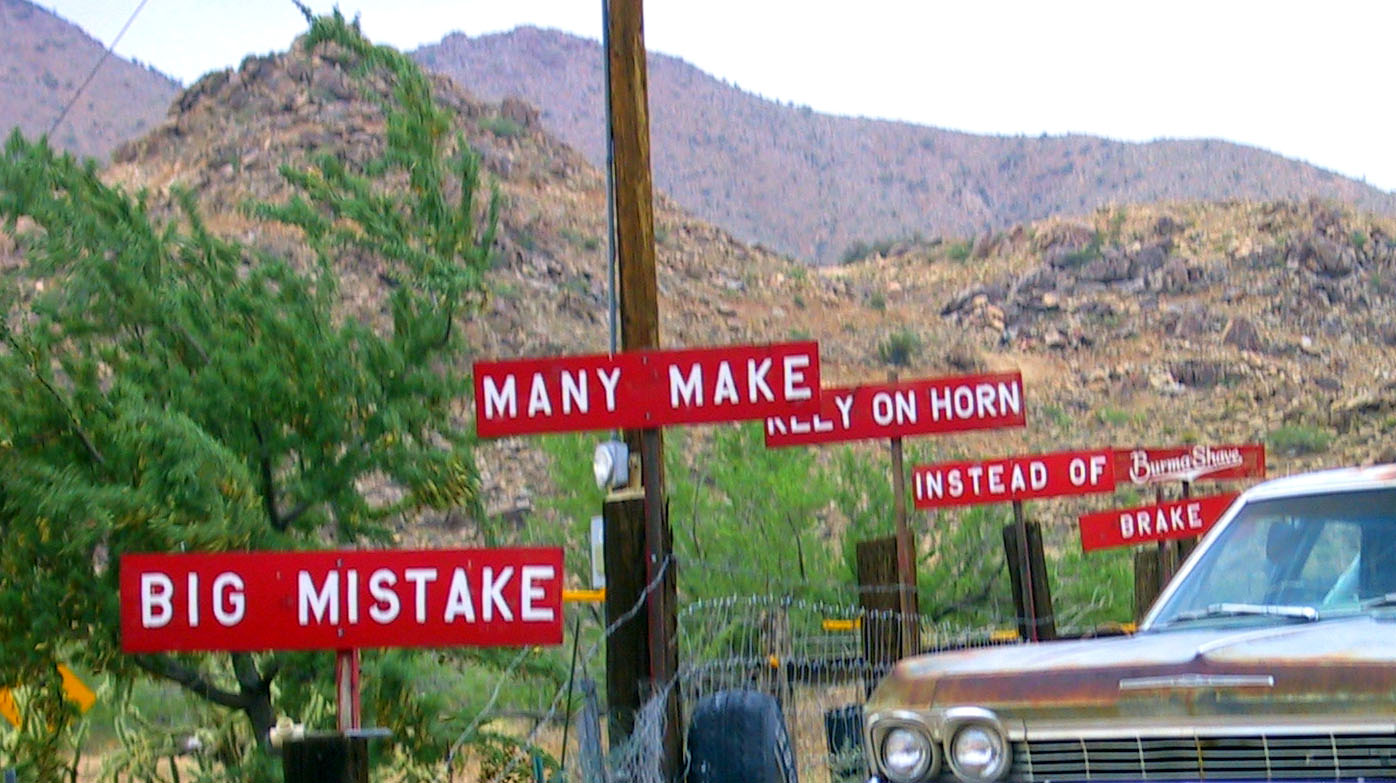
Photo: Ken Koehler (Public Domain)
Keeping History Alive at the Pennsylvania Trolley Museum
We are a living history museum, and we are fortunate enough to have knowledgeable volunteers who appreciate stories like Burma-Shave’s. Each year during the Washington County Fair, volunteer Don Bailey spearheads a coordinated effort to install reproductions of real Burma-Shave sign sets for display along our tracks.
The Washington County Fair itself is another important part of our mission to keep the technology and culture of the Trolley Era alive. From the beginning of the trolley era, riding the streetcar to the Fair has been a big part of the fair-goer’s experience. You can read more about that history and how our operations preserve it here!
This August is the perfect time to visit the Pennsylvania Trolley Museum and to enjoy two historic traditions: riding a streetcar to the Fair, and reading the witty Burma-Shave rhymes that once dominated America’s highways. We hope that you enjoy this trip back in time this month!
Interested in reading more about the Burma-Shave signs, or about advertising during the streetcar era? We recommend the following titles (both of which are on sale in our Museum Store):
- Verse by the Side of the Road: The Story of the Burma-Shave Signs – Written by Frank Rowsome Jr.
- Streetcar Advertising in America – Written by Woodson J. Savage III
Photo Gallery
Photos: Larissa Gula, Larissa Gula, Unknown, Larissa Gula
Header photo: Larissa Gula
